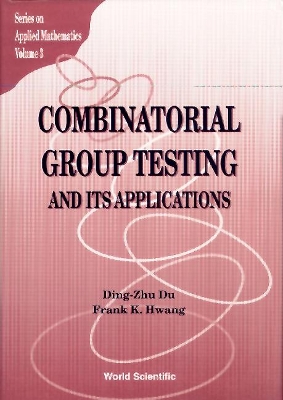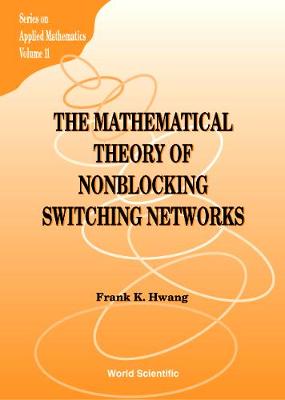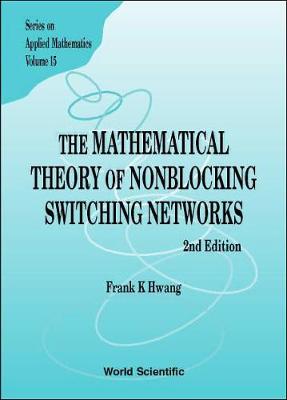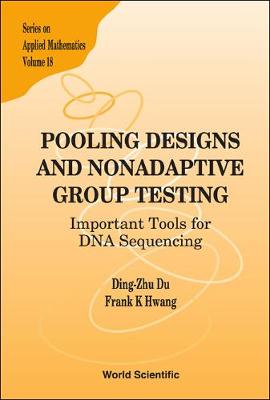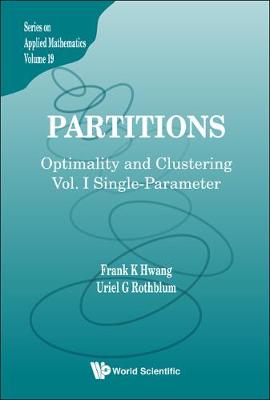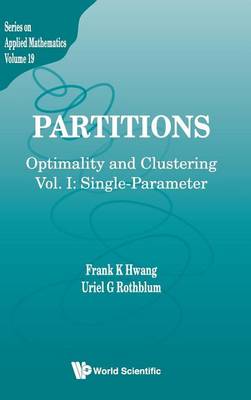Series On Applied Mathematics
7 primary works • 8 total works
Book 3
Combinatorial Group Testing And Its Applications
by Ding-zhu Du and Frank Kwang-ming Hwang
Book 11
Mathematical Theory Of Nonblocking Switching Networks, The
by Frank Kwang-ming Hwang
Book 12
Combinatorial Group Testing And Its Applications (2nd Edition)
by Ding-zhu Du and Frank Kwang-ming Hwang
Book 15
Mathematical Theory Of Nonblocking Switching Networks, The (2nd Edition)
by Frank Kwang-ming Hwang
Book 18
Pooling Designs And Nonadaptive Group Testing: Important Tools For Dna Sequencing
by Frank Kwang-ming Hwang and Ding-zhu Du
Book 19
Partitions: Optimality And Clustering - Volume I: Single-parameter
by Frank Kwang-ming Hwang and Uriel R Rothblum
Book 20
Partitions: Optimality And Clustering - Vol Ii: Multi-parameter
by Frank Kwang-ming Hwang, Uriel R Rothblum, and Hong-Bin Chen
